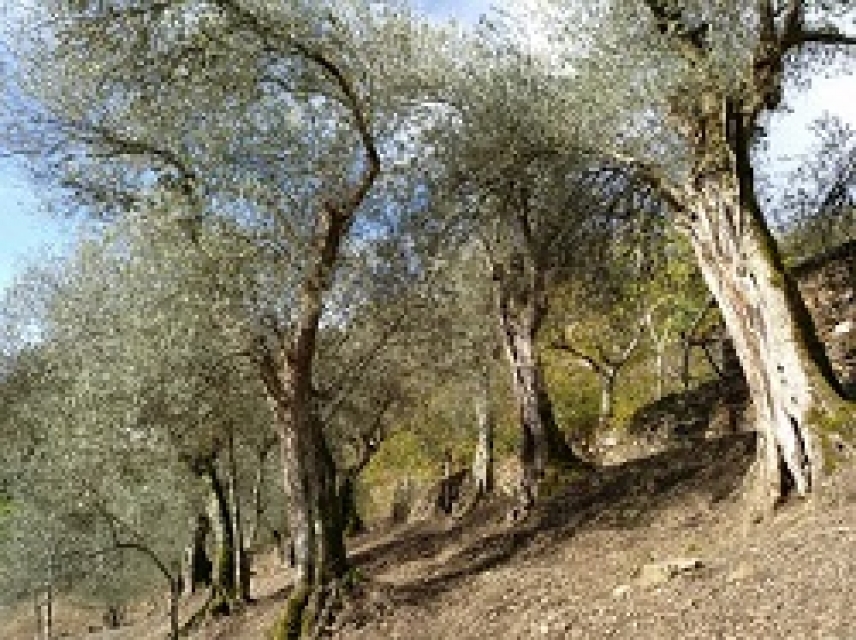 One example is Galicia, a region home to two indigenous olive varieties called Brava and Mansa. These two varieties are well-adapted to the Galician climate, which differs in amount of rainfall and sunlight. Now, for the first time, a scientific study in which the University of Cordoba (UCO) worked with the AA1 research team from the Nutrition and Food Science Department at the University of Vigo, the varieties in this northeastern region of Spain have been cataloged and the olive oil produced by these varieties has been characterized.
One example is Galicia, a region home to two indigenous olive varieties called Brava and Mansa. These two varieties are well-adapted to the Galician climate, which differs in amount of rainfall and sunlight. Now, for the first time, a scientific study in which the University of Cordoba (UCO) worked with the AA1 research team from the Nutrition and Food Science Department at the University of Vigo, the varieties in this northeastern region of Spain have been cataloged and the olive oil produced by these varieties has been characterized.
To do so, an identification protocol was used. This protocol was based on 11 morphological markers and 14 molecular markers (DNA). This protocol was previously improved upon by the University of Cordoba and successfully used in the identification of the Olive Tree Germplasm Bank in Cordoba. This bank is one of the largest collections in the world and currently boasts over 800 varieties from 23 countries.
As pointed out by Isabel Trujillo Navas, the researcher from the University of Cordoba participating in the research project, “the knowledge we have about the characteristics of Galician olive oil is scarce and up to now no systematic characterization had been done on this topic.”
The results provide the basis on which identifying similarities and differences among the varieties can continue in the future. They also show the high potential that could be used to improve approaches to farming. In addition, though olive tree farming “is not traditional nor does it take place in the best of conditions” in Galicia, olive oil obtained from these varieties “shows potential and is good quality.” These kinds of olive oil are genetically different and unique “from an organoleptic and functional point of view.”
Dr. Trujillo is part of the AGR-157 group from the Agricultural Engineering Department at the University of Cordoba. She announced that shortly the results from this research project will be presented to the Galician olive production sector. This project has allowed “the creation of multidisciplinary groups composed of researchers at the University of Cordoba as well as researchers from other entities and scientific fields.” Moreover, this research will continue over the next few months and has opened the door to “producing unique new olive oils and diversifying the national and international markets.”
References:
Reboredo-Rodríguez, P; Gonzalez-Barreiro, C; Cancho-Grande, B; Simal-Gandara, J; Trujillo, I. Genotypic and phenotypic identification of olive cultivars from north-western Spain and characterization of their extra virgin olive oils in terms of fatty acid composition and minor compounds. Scientia Horticulturae. Volume 232, 17 February 2018, Pages 269-279


